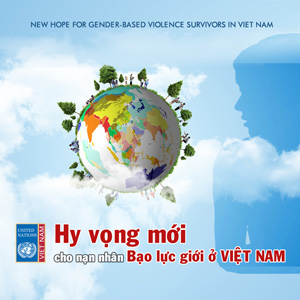
You are here

 This 5 minute video was recorded in Hai Duong province, one of provinces with highest value of sex ratio at birth imbalance (121.3 boys per 100 girls in 2011). The video showed the community people’s views and opinions on why they prefer sons, pressure for having a son as well as their recommendations on what the Government should do to address this issue in Viet Nam. The video was produced by UNFPA in Viet Nam in October 2012.
This 5 minute video was recorded in Hai Duong province, one of provinces with highest value of sex ratio at birth imbalance (121.3 boys per 100 girls in 2011). The video showed the community people’s views and opinions on why they prefer sons, pressure for having a son as well as their recommendations on what the Government should do to address this issue in Viet Nam. The video was produced by UNFPA in Viet Nam in October 2012.This is a story of Ka Gia Thi Lan, a trained ethnic minority midwife in Ninh Thuan province. She was sent to attend a training course for ethnic minority midwives at Tu Du hospital, Ho Chi Minh city in 2006 for six months. After returning home, Lan tried to provide support to pregnant women and small children in the village. She also provided check-ups in the farm where the pregnant women worked,
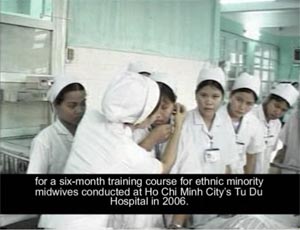
as many did not want to go the commune health care center. Through these visits, she diagnosed many problems and saved many lives. Lan is among more than 1,000 of trained village-based midwives in remote and mountainous areas in Viet Nam. They play very important roles in saving the lives of women and children, thus contributing to the country's sustainable development.
Click here to watch this video
In recent years, Viet Nam’s fertility trend has consistently declined from 2.1 in 2005 to 2.03 in 2009, 2.0 in 2010 and 1.99 children per woman in 2011. Many Asian countries where fertility has fallen below the replacement level, such as Japan, South Korea, Singapore and Thailand are challenged by future shortages of labour and productivity, which potentially impact on the quality of life for the ageing generations.

Click here to watch this video
Viet Nam has entered a demographic bonus period, with the highest proportion of young people ever recorded in the country. Today, young people aged 14 to 25 account for one-third of Viet Nam's total population. However, one-third of young people still face challenges in accessing sexual and reproductive health information and services. The unmet need for contraceptives among unmarried young people is around 35%, while this rate is only 10% for married people.
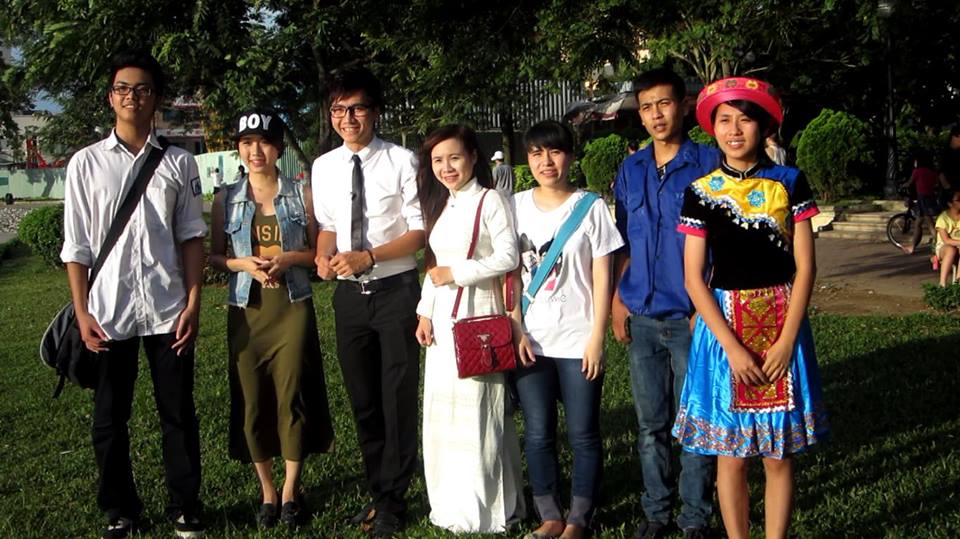
This video, developed by the UNFPA in Viet Nam in July 2013 is a call from Vietnamese youth for more greater efforts in ensuring comprehensive sexuality education and access to quality sexual and reproductive health information and services.
Click here to watch this video
HA NOI, 11 July 2013 – In the past decade, although Viet Nam has made impressive progress on reducing maternal mortality and increasing access to reproductive health and family planning services, more than a third of young Vietnamese still lack access to the contraception they need. As a result, the rates of unwanted pregnancies and unsafe abortions are still high amongst young girls, especially those who are unmarried.
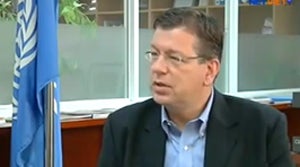
VTC10-NetViet reporter had a talk with Mr. Arthur Erken, UNFPA representative in Viet Nam on the occasion of World Population Day. This year's theme was adolescent pregnancy. Mr. Erken shares his opinion about the situation in Viet Nam as well as in other countries.

HA NOI, 12 August 2013 – Today marks the International Youth Day, and this year the focus is on the issue of youth migration. Young people, aged 10-29 years old, make up approximately 38 per cent of the total population of Viet Nam, recording the highest proportion of young people ever in the country's history. This provides a unique and one-off economic opportunity for Viet Nam’s development, but also creates enormous challenges for the country. If Viet Nam wants to reap the full benefits of this demographic window of opportunity, investing in the education and health, including the sexual and reproductive health, of adolescents and young people is paramount.
VTC10-NetViet reporter had an interview with Mr. Arthur Erken, UNFPA representative in Viet Nam on the occasion of International Youth Day. Mr. Erken shares his opinion about the situation of young migrants in accessing to sexual and reproductive health information and services in Viet Nam.
The world is growing old fast. In the next 10 years, the number of people over 60 years of age will surpass one billion. Population ageing presents societies with great opportunities but also huge challenges. Viet Nam's population is among the fastest ageing countries in Asia. In 2012, the proportion of older persons in the total population is 10.2 per cent.
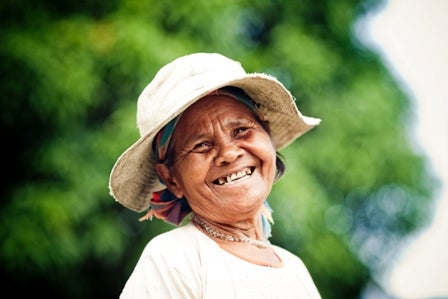
UNFPA in Viet Nam in collaboration with the Ministry of Health organized a national workshop in September 2013 to share international experiences on policy and action responses to population ageing. This video was produced by UNFPA in Viet Nam in December 2013 to share international and national experiences and recommendations for Viet Nam to address the issue.
Click here to watch this video:
Over the past years, Viet Nam's statistics has been improved to ensure providing statistics data and information to the Government, ministries and data users. In the context that Viet Nam is integrating into the changing and dynamic world, the need to use reliable statistical data as evidence in planning, monitoring and evaluation of development policies at both micro and macro levels is on the rise. Experiences shared by international experts and inputs from the national experts from various universities in Viet Nam during
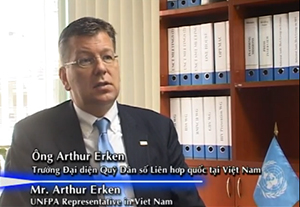
the workshop organized in Ha Noi in November 2013 created a unique opportunity for Viet Nam to review the current status of statistics training in its universities, identify opportunities and challenges as well as provide recommendations to further strengthen the country's human resource in this important field. This video was produced by UNFPA in Viet Nam in December 2013.
Click here to watch this video:
Population and development are closely related. Integrating population variables into development planning will help utilize population strengths to achieve sustainable development. Such development must also respond to population changes to meet the needs of current and future population groups, promote social equity and alleviate poverty through sustainable economic growth in the context of sustainable development.

Nam became a lower middle-income country in 2010 and has continued to maintain impressive growth rates over the past few years. Therefore Viet Nam is expected to achieve all MDGs by 2015. However there remain significant gaps in the level of MDGs achieved between rural and urban areas, geographical regions and population groups. This requires further efforts to ensure all policy-makers fully understand the importance of integrating population factors in development planning and making it an integral part of policy-making and planning at national and local levels.
This video was produced by UNFPA in Viet Nam in September 2014. Click here to watch this video.